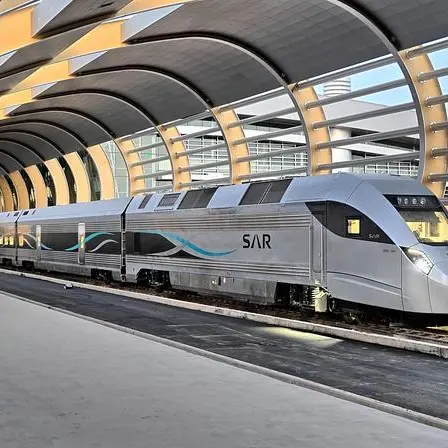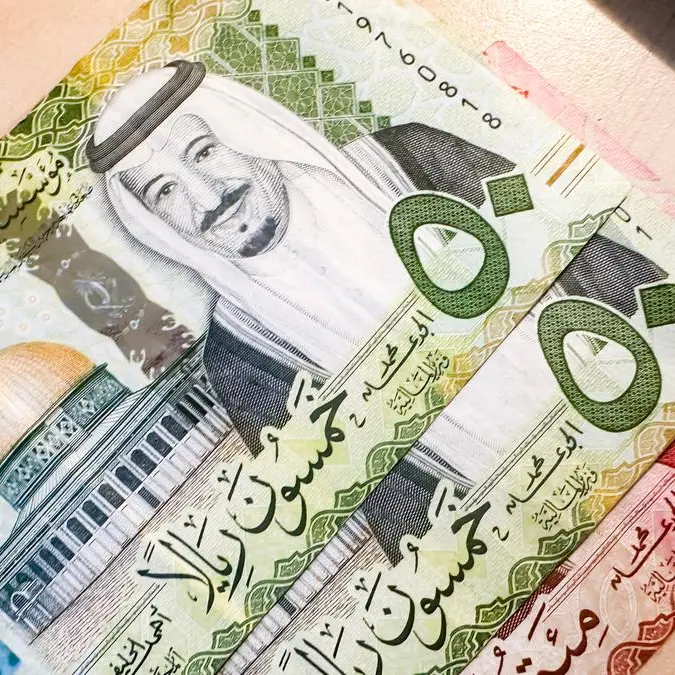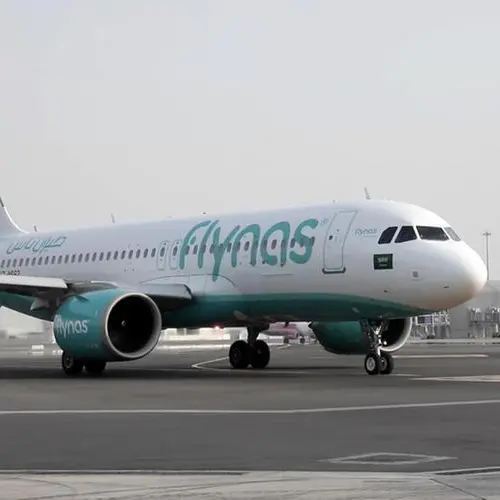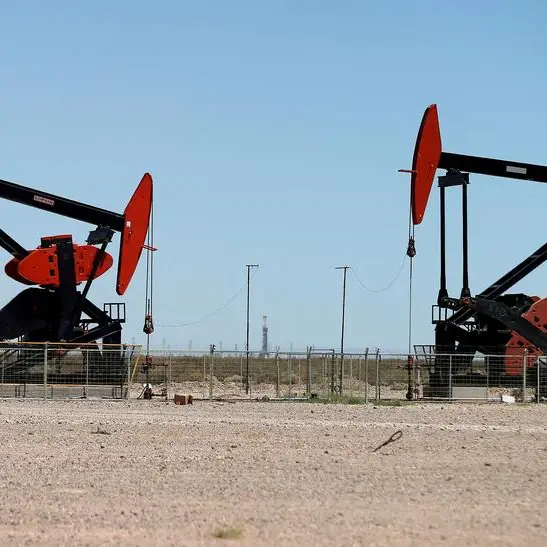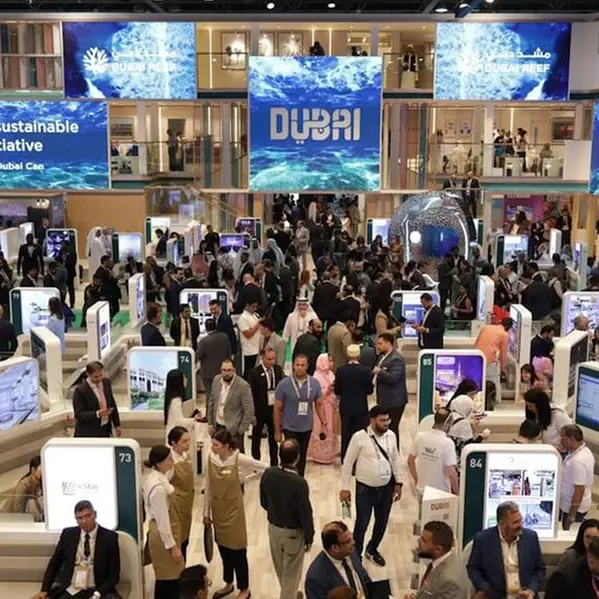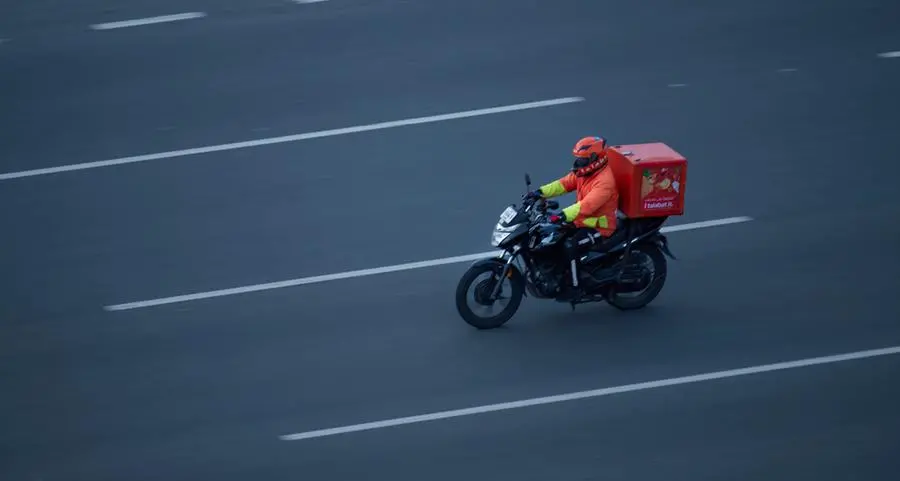Assaluyeh is the beating heart of Iran's economy with largest oil and petrochemical sites.
Assaluyeh is the most famous region in Iran in terms of gas production and whose visit is an honor for each Iranian.
The flares of regional refineries, however, are the main source of income for the country at the cost of causing hazards to environment.
IRNA reports that part of capability of Iranian experts in launching extensive activities in Assaluyeh is evident to any visitor, but, the air pollution in the area is overshadowing successful operation of the oil and gas industry.
Certain groups of experts and organizations have in their estimates announced air pollution in Assaluyeh region 100 times worse than Tehran regarding special situation in the area.
Production of chemical substances and disposal of the industrial wastes towards the flares risen up to the sky of Assaluyeh raise the risk of respiratory problems in the area.
Researches conducted on the impact of the pollution and chemical and industrial pollutants on damage of coastlines, farmlands and soil erosion, extinction of animal and plant species in Hera forest, pollution of Persian Gulf and less sea creatures due to disposal of chemical wastes, all show the environmental hazards in the region and the impact of the chemical pollutants, air pollution and sound pollution on physical and psychological health of the inhabitants of the industrial site with a population of 36,000, who are living less than one kilometers from the refinery.
According to former research, the chemical pollutants pose dangers to health of the regional residents and staff. On this basis, National Petrochemical Company (NPC) and related facilities in the region, especially those in Assaluyeh, have launched good cooperation and solidarity with related organizations to institutionalize environment protection principles and minimize pollution and protect environment.
National Petrochemical Company along with other companies active in the petrochemical industry have given priority in their activities to protection and conservation of the environment. The big family of Iranian petrochemical industry is determined to observe environment protection mandates in all sectors.
To this end, online checking systems have been fully installed in more than 10 petrochemical facilities and all facilities will soon install the system so as to improve monitoring control of the pollutants.
The HSE Department in Pars Special Economic and Energy Zone (PSEEZ) is also active in the area of the petrochemical companies stationed in the region. The collection was founded in 2000 as the Safety and Fire Fighting Bureau.
Among duties of the HSE is following up and supervision over enforcement of health, safety and environment protection regulations, guidelines and directives of the NPC, Ministry of Petroleum and related organs in charge of supervising observation of valid standards in conducting operations and activities in connection with the projects under implementation and also relating to the manufacturing companies.
Identifying the sources of pollution of the facilities (water and sewage, air and soil), supervision and identification of aspects of environment protection inside and outside the fences of regional petrochemical facilities and companies, following up preparation of the master plan for management of wastes by all petrochemical companies, supervision over checking coastlines and sea and the need to specify related needs of petrochemical companies, construction and mobilization of central environment protection laboratory of the PSEEZ petrochemical company, planning and identifying necessary health, safety and environment protection exigencies to be used for education, upgrading and modernizing knowledge level of the health, safety and environment protection experts in the region are among other HSE activities in the PSEEZ.
The important achievements of the HSE organization in the region is to develop coordination and engagement among petrochemical facilities, preventing any marginality, especially at the time of regional crises and implementation of regional projects.
Regarding its extensive activities and firmness of the directors and staff of the South Pars Gas Complex in protecting environment, the body in 2012 received the medal of 'Hera Supporter' from the Department of Environment's Bushehr Province branch and the brand has only been registered in the name of Pars Gas Complex.
The Complex started support ing Hera forests in Nayband National Park since 2011 and in the first phase, it planted Hera saplings with purchase and plantation of 2,000 saplings.
After growth of the saplings and fruition of the endeavors, 20,000 more saplings were brought to the area for plantation by the Complex and on cooperation of the staff of the Complex's refineries and regional people.
The Department of Environment (DoE) conferred the medal of 'Hera Supporter' on South Pars Gas Complex just for the same measures it had taken.
In 2013, 29,000 saplings were prepared by the Complex and due to lack of enough space for planting all of them, 24,000 saplings were planted in the area and the remaining ones were planted in other coastlines of the provincial ports including Bushehr, Delvar, Genaveh and Deylam, in cooperation with the NGOs.
In 2014, South Pars Gas Complex also exercised mandate in expansion, protection and preservation of Hera forests. In the past, due to non-flow of water, problems had arouse for Naibend Hera forests, causing extensive drying of the forest.
Fortunately, with construction and operation of Velayat Bridge, the problem with water flow was solved and in 2014 through cooperation of the Complex as supporter of Hera, the dried trees were cut and operations started planting the new forests in other areas in light of presence and maximum partnership of the staff of the refineries of the Complex.
According to the officials in the Environment Protection office of Bushehr Province, now feasibility studies and research projects and programs for development of Hera forests have begun on more than 100 hectares of lands between Airport and Naiband. A project is to be commissioned in light of cooperation of Pars Gas Complex to create an ratification water basin and Hera forests through laying channels and transfer ring sea water.
To this end, officials of Arya Sasol Polymer Company, which is among active petrochemical facilities in Assaluyeh, consider protection of environment and observation of the environment protection mandates for sustained production as the most evident activities of the Complex. They say observation of the HSE mandates and respect to environment protection by the company has always been given serious attention and the company, using the latest technology has been successful to observe related guidelines and present mandates.
Head of Arya Sasol Polymer Company Abdolrahim Ghanbarian says in line with its social and cultural responsibilities, we have undertaken the cost of maintaining national park of Naiband and keeping alive a deer which is posed to extinction in the region. We have also afforested 10 hectares of lands, where the Complex is located.
He added that the mission of Arya Sasol Polymer Company is production of ethylene and polyethylene with favorable quality in healthy, safe and environment friendly environment and in light of optimal management of the resources.
In a bid to help environment protection, the workers of Arya Sasol Polymer Company last year launched a project to collect the lid of plastic bottles so as to dedicate the revenue gained out of its sale to the needy wheel chaired disabled. Within less than one month, about 60,000 lids of water bottles were collected for the purpose.
Based on the current estimates, about 16,200,000 bottle caps are annually consumed in petrochemical facilities and projects as well as gas complexes and projects in PSEEZ and close to 5.4 million more plastic wastes are left to the area, thus posing a serious threat to the environment.
According to head of the Environment Pollution Research Department at the Research Institute of the Petroleum Industry (RIPI) , Hassani-Nejad Farahani, the Assaluyeh environment protection Master Plan is a comprehensive project along with industrial development to preserve God-given asset of Persian Gulf environment .
Such well-protected areas as Naibend Gulf more than ever raise the necessity to set up ecological and economic regions in Assaluyeh.
He added that in the world today, industrial areas are designed in the form of Eco-Industrial Zone (EIZ) and industrial development is following concurrently along with protection of environment. The Assaluyeh Environment Protection Master Plan will also envisage the state-of-art technology available in the world.
Farahani emphasized that the Assaluyeh Environment Protection Master Plan has been drawn up in the framework of the 5th Five-Year Economic Development Plan on short-, mid- and long-term basis based on the nine-year outlook.
Head of the Department of Research on Environment Pollution at RIPI added that for the time being, 10 proposed projects with a budget of more than 72 billion rials are in stage of approval to initiate the project.
He said that to attain the goals of the project, the environment protection standards must be adopted for the economic ecological areas.
Farahani said observation of standards relating to projects for study on land erosion, on green space, management and model making of reactions of air pollutants in Assaluyeh region, recycling the industrial wastes to provide green space, environment protection assessment of ordinary sewage disposal landfill project in the region and online checking of regional sewage system are among short-term projects of the plan.
There is no doubt that the movement towards economic development should be from the outlook of environment protection. This is possible in light of observation of standards, engagement, and solidarity of officials with people.
Country owes its sustainable economic development to appropriate exploitation of the water, soil, natural resources and the manpower in another words, the environment protection.
Hope that all will join hands and with a new approach strive for protection of the nature and land.
© IRNA 2016
